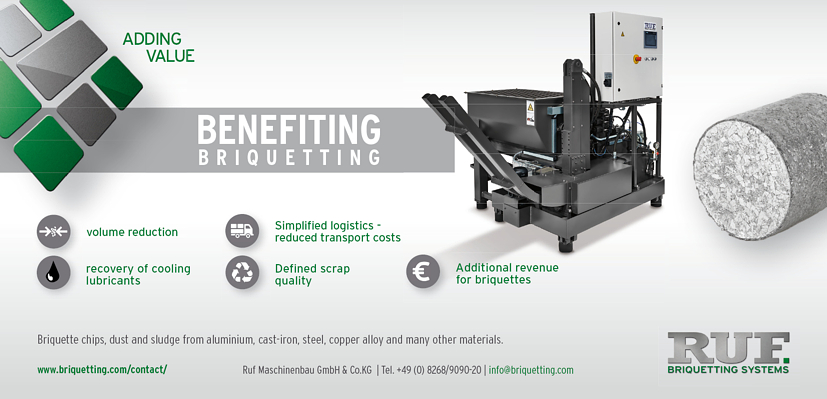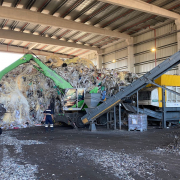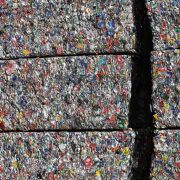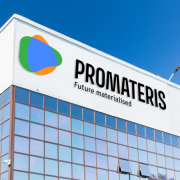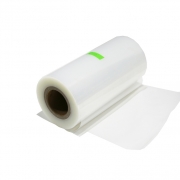Applying Standards to the Circular Economy
The circular economy calls for a radical shift in production and consumption. Continual cycles recover and restore products, components and materials through strategies such as reuse, repair, remanufacture and, ultimately, recycling. It is a systemic approach to managing resources.
Material efficiency is an essential part of the circular economy. It consists of the preservation of materials by making products more durable and repairable. It also facilitates the recovery and recycling of material at the end of the product life. The ultimate objective of material efficiency is to keep materials in use for as long as possible – and potentially forever.
Material efficiency can be placed into a hierarchy during a product’s use and waste phases. The most favorable strategies call for the design of products associated with a longer product life using the least amount of natural resources, while the least favorable strategies represent the loss of a material resource by incinerating the material and recovering its energy. In a truly circular economy, landfills are not an acceptable option.
Designing products for material efficiency
In the design phase, manufacturers should consider the materials used in the construction of a product. For example, they can try to reduce the number of materials used by optimizing the product design and by selecting recycled materials or reused components. Focusing on the use phase, products should be designed in such a way that their lifetime can be extended by making them easy to repair and upgrade or reuse. Since products will be reused (including refurbishment or remanufactured), and thus have multiple owners, manufacturers should also facilitate upgrades of soft- and hardware and the removal of sensitive data. Also, parts should be designed to endure multiple cleaning and dis- and reassembly cycles. Products should be designed for an efficient end-of-life. That means that useful materials and components can be easily and safely recuperated by, for instance, making the product easy to disassemble.
How standards can help
To facilitate products to last longer, standards are needed to ensure that, amongst others, product safety, performance and reliability are sufficiently taken into account. Issues such as data removal and security must also be considered as products are reused and change ownership.
Moreover, a holistic approach is needed to ensure that the protection of the environment is not detrimental to areas such as product safety, EMC and performance. The legislation is expected to require the increased use of used parts as well as products that can more easily be repaired or remanufactured. Standardized methods and tools will be needed to assess aspects such as the proportion of reused components or recycled content in a product, and how to assess the ease (or difficulty) with which a product can be repaired or remanufactured. Also, standards will be needed to guarantee the properties of the used material as well as to define the requirements for parts reliability.
Within the IEC – International Electrotechnical Commission, several committees have developed standards that support material efficiency for electrical and electronic products.
Some examples include:
- IEC TR 62635 with information on product end of life, including the recyclability rate calculation.
- IEC TR 62824 with guidance about material efficiency considerations in the eco-design of products.
- IEC 62309 which examines the dependability of products containing used parts.
- IEC 63077 which specifies the process for ensuring the performance and safety of refurbished medical imaging equipment.
New standards covering requirements for material efficiency in the design of products, such as circular ready design, are needed, and plans are underway to start such standardization work in the IEC.
(GR22020, Page 36, Author: Natalie Mouyal, Photo: IEC)



